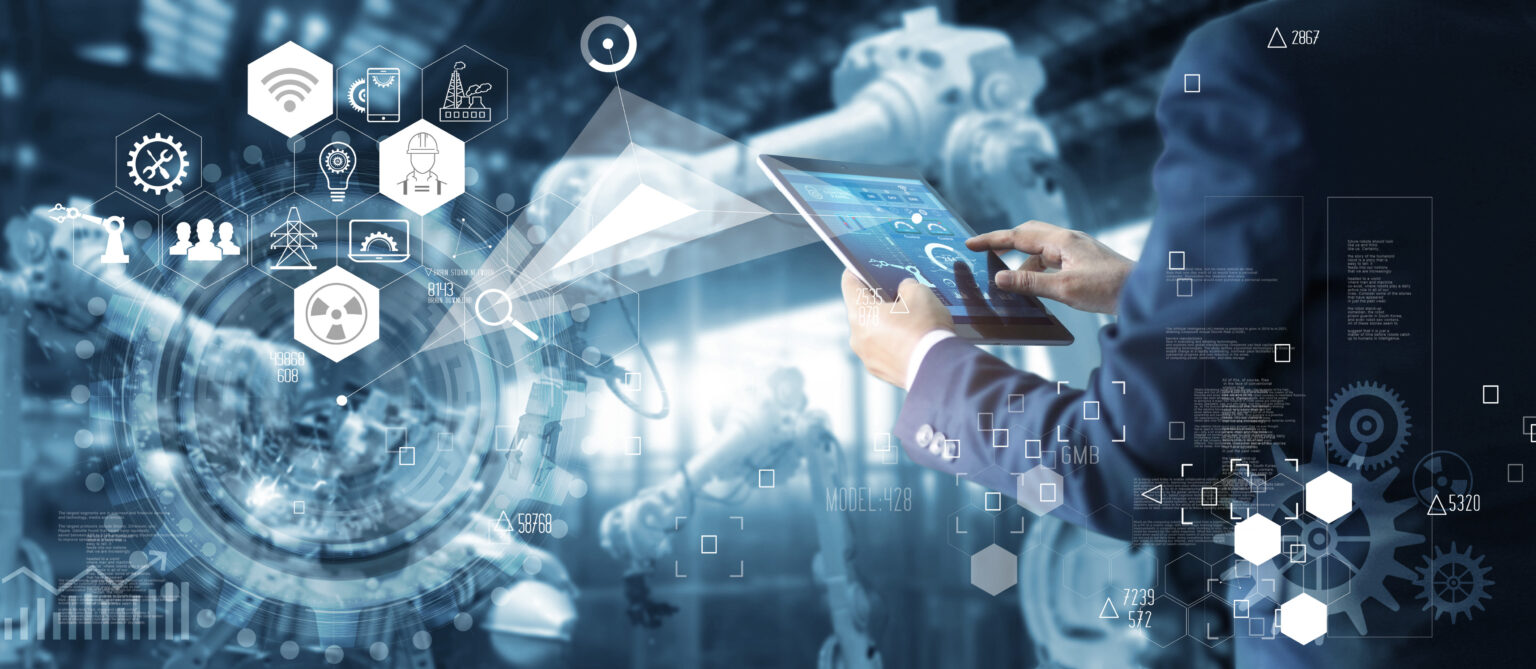Checkout Part 1 of this Blog: The Industrial Internet of Things and the Life Sciences Industry – Part I
When discussing the Internet of Things (IoT), it is important to contextualize the technology. With as nondescript a term as the “Internet of Things,” it can be difficult to understand the implications of this technology upon initial exposure to the term and its ideas. An IoT device is simply a device that can communicate with the internet. Most often these devices will communicate over a local network before their data is uploaded to a database hosted on an internet-based service platform, commonly referred to as cloud platforms, such as Amazon Web Services or Microsoft Azure. There are many available cloud platforms and each of these platforms provide different sets of services to aid software development in a cloud environment. These services can include everything from build automation tools, to big data management tools, to machine learning and data analysis tools.
For pharmaceutical companies, an increased ability to analyze large data sets and apply that data to predictive models may translate into more frequent and successful drug discoveries. When leveraging IoT technologies, drug manufacturers can more efficiently utilize data collected in their production processes. Continuous measurements of critical quality attributes (CQA) can be streamlined into a data analysis engine to more directly correlate variations in production with product quality with potentially close-to-real-time alerts. This type of analysis can improve maintenance and calibration efforts as well.
For example, if there was a valve that controlled the input of gas into a production process, and that valve was in a process of breaking down, then the effectiveness of the valve to open and close fully and quickly may cause contamination of the product or loss of batches of the product without a clear reason as to why the product quality decreased. With real-time analysis, these types of analog failures, where devices may drift from their proper operation or calibration, may be caught quicker; saving many lots of product that may otherwise have been compromised by incorrect proportions of input material of a process. This type of system can be used to readily tune manufacturing processes to reliably produce higher quality products with fewer failures. The utilization of the increased volume of data that IoT systems provide will enable companies to more directly correlate their processes to product quality, which will provide greater understanding and insight to optimize their processes for improved quality and efficiency.
As connected sensors become increasingly common on production machinery and manufacturing equipment, the sheer volume of collected data will require some type of automated data analysis system to fully realize the potential of IoT systems. This concept is generally broken down into two subsystems: the system analyzing live, streaming data and the system analyzing recorded, stored data. The former pipeline is sometimes referred to as the hot path and the latter, the cold path. The analysis system on the hot path can be primarily responsible for lightweight analysis to trigger alarms or notifications. It is also responsible for filtering and transforming the incoming data to a format that lends itself well to big data storage. The analysis system on the cold path is the system that will analyze the larger trends of the big data storage.
While cloud platform providers have tools and packages to assist in these data analysis efforts, data inherently contains meaning that can only be extracted by people who truly understand how their data metrics relate to their market and product. Data analysis will likely be the heart of IoT systems as they are employed by the manufacturing and industrial markets. It is where the resources of an IoT system will touch the production and output efficiency of the company reaping its benefits. IoT as a technology has an inherent implication of integrating measurement, data analysis, and control systems in a more seamless and automated manner to provide quality and efficiency gains that have not yet been seen in the pharmaceutical industry.
Additional Reading: The Industrial Internet of Things and the Life Sciences Industry – Part I

